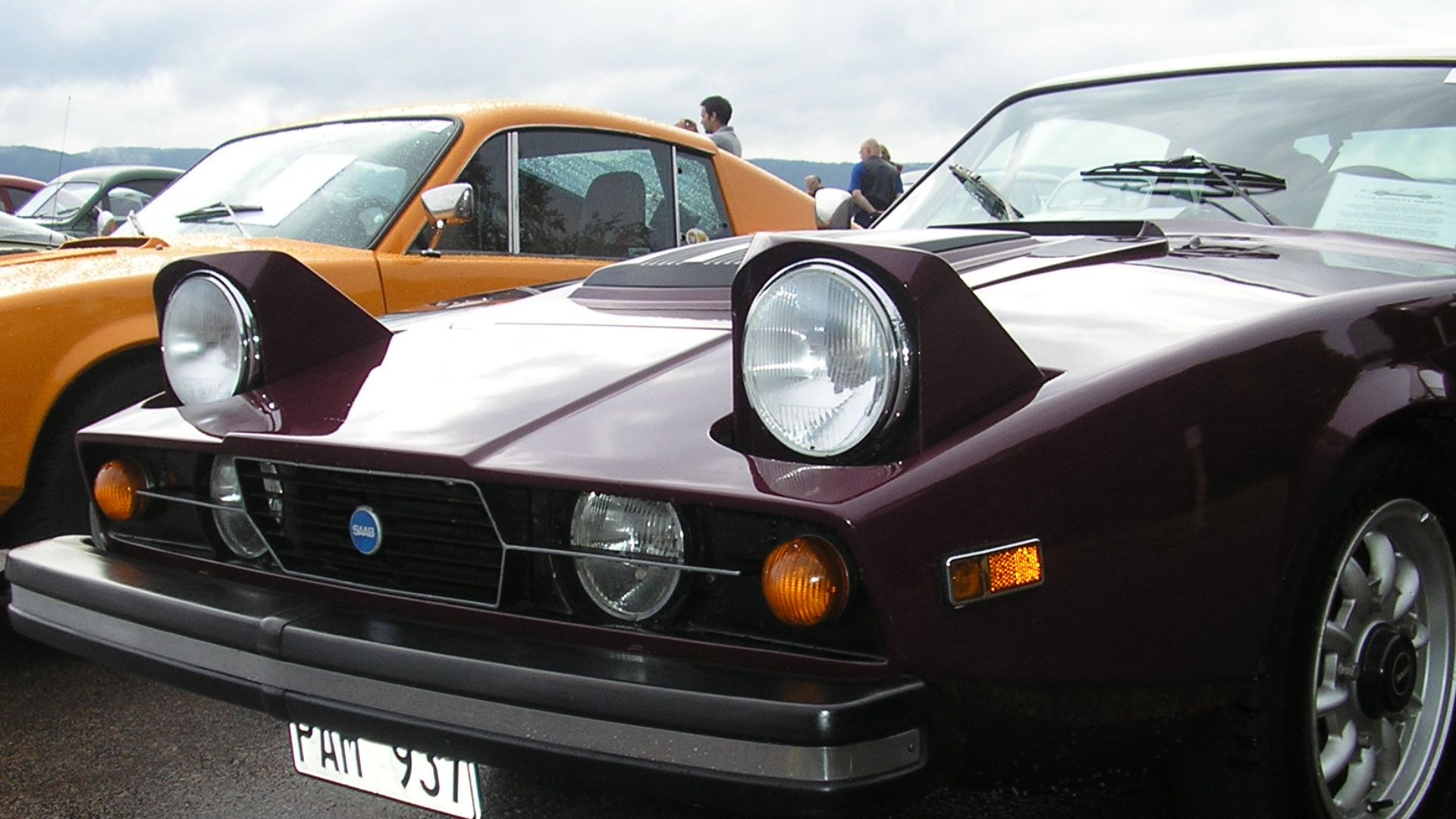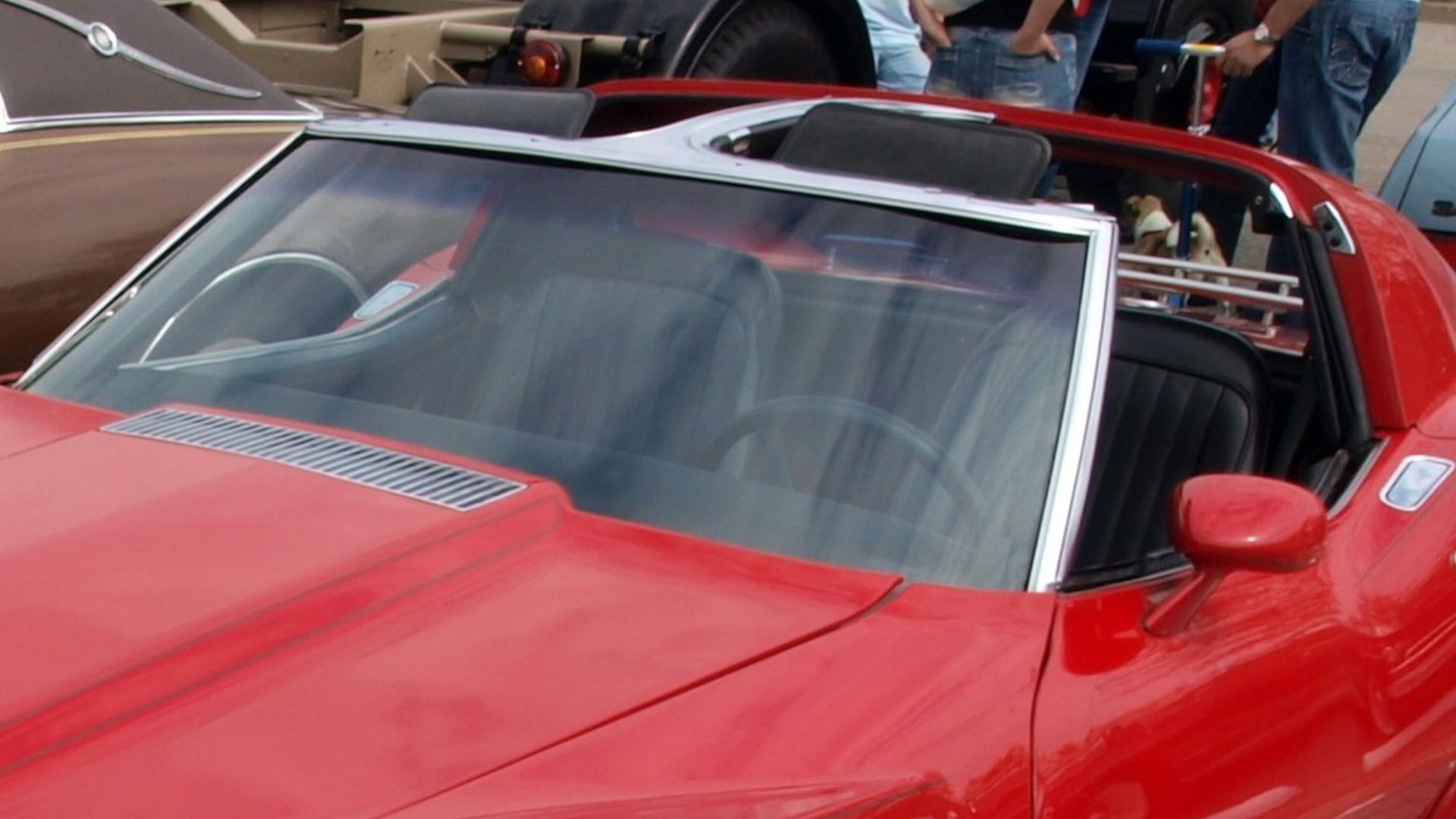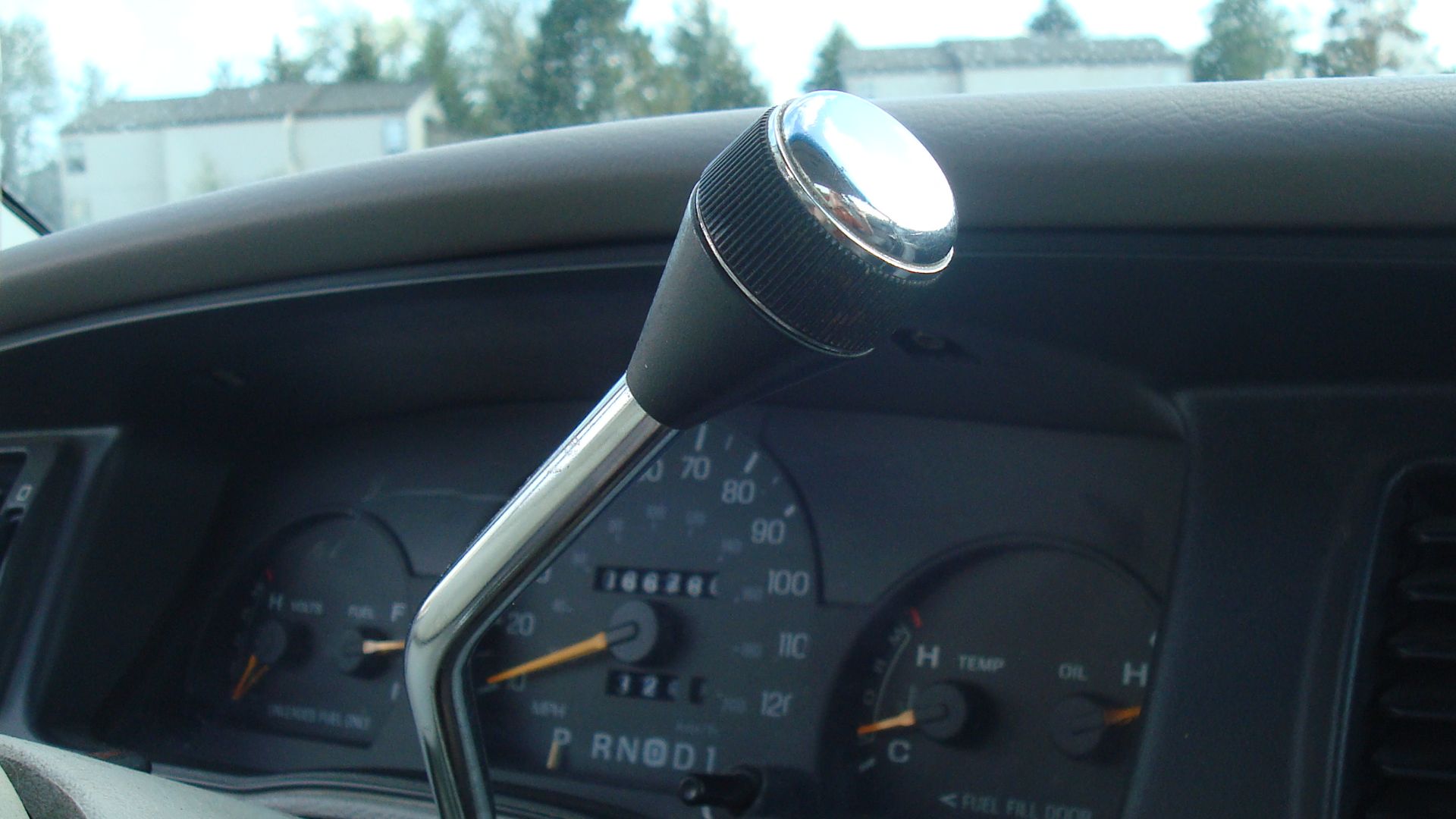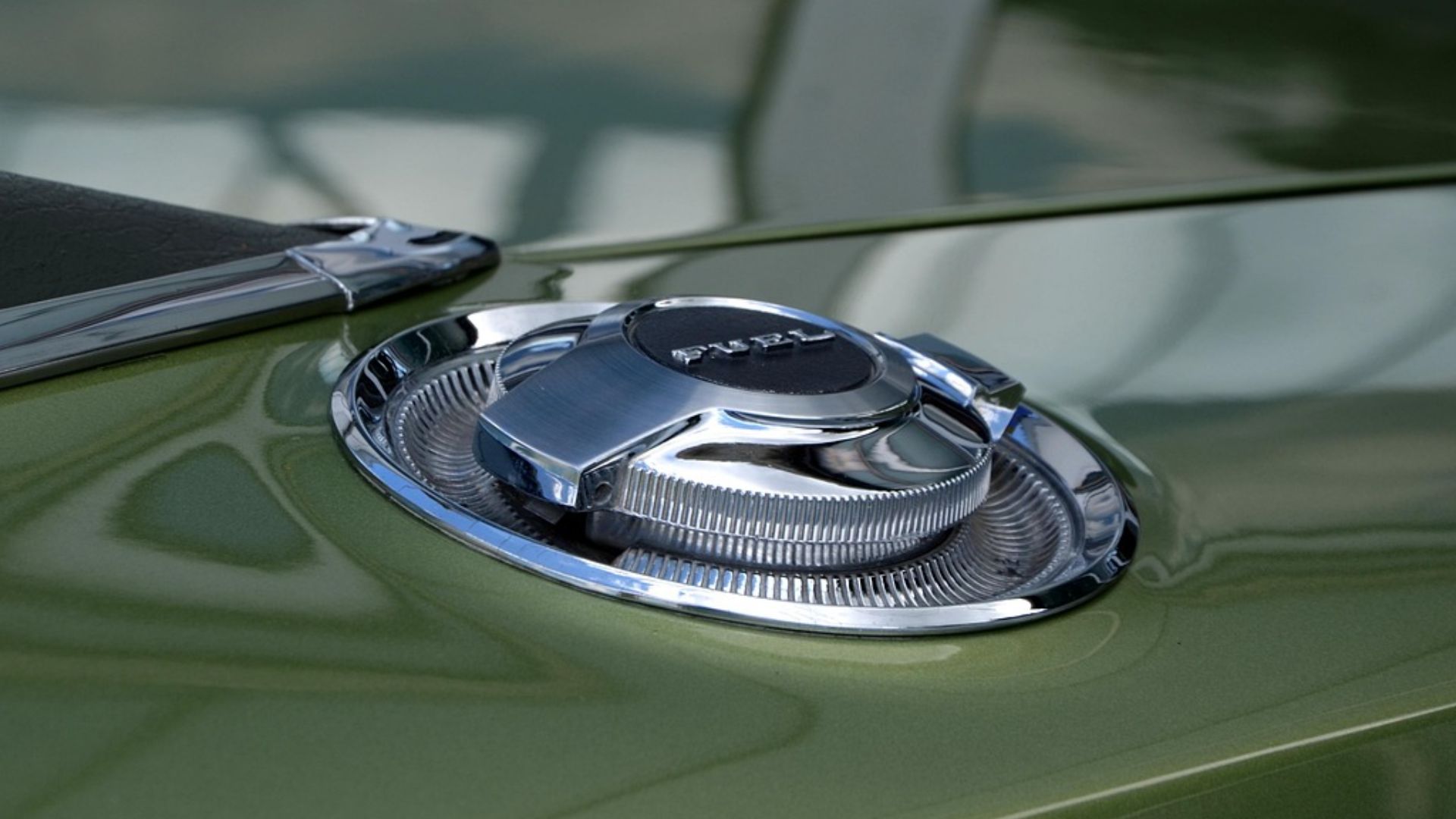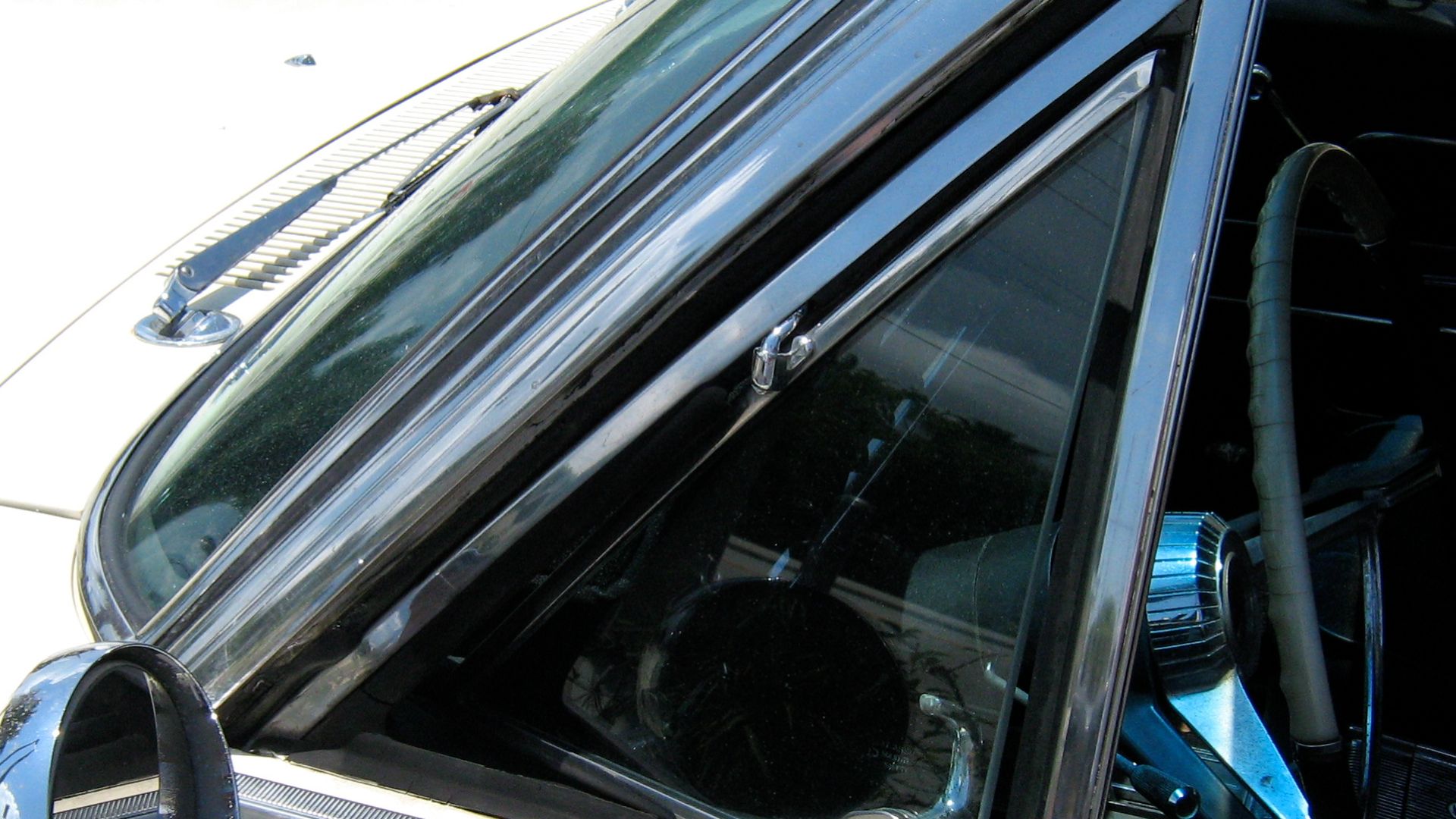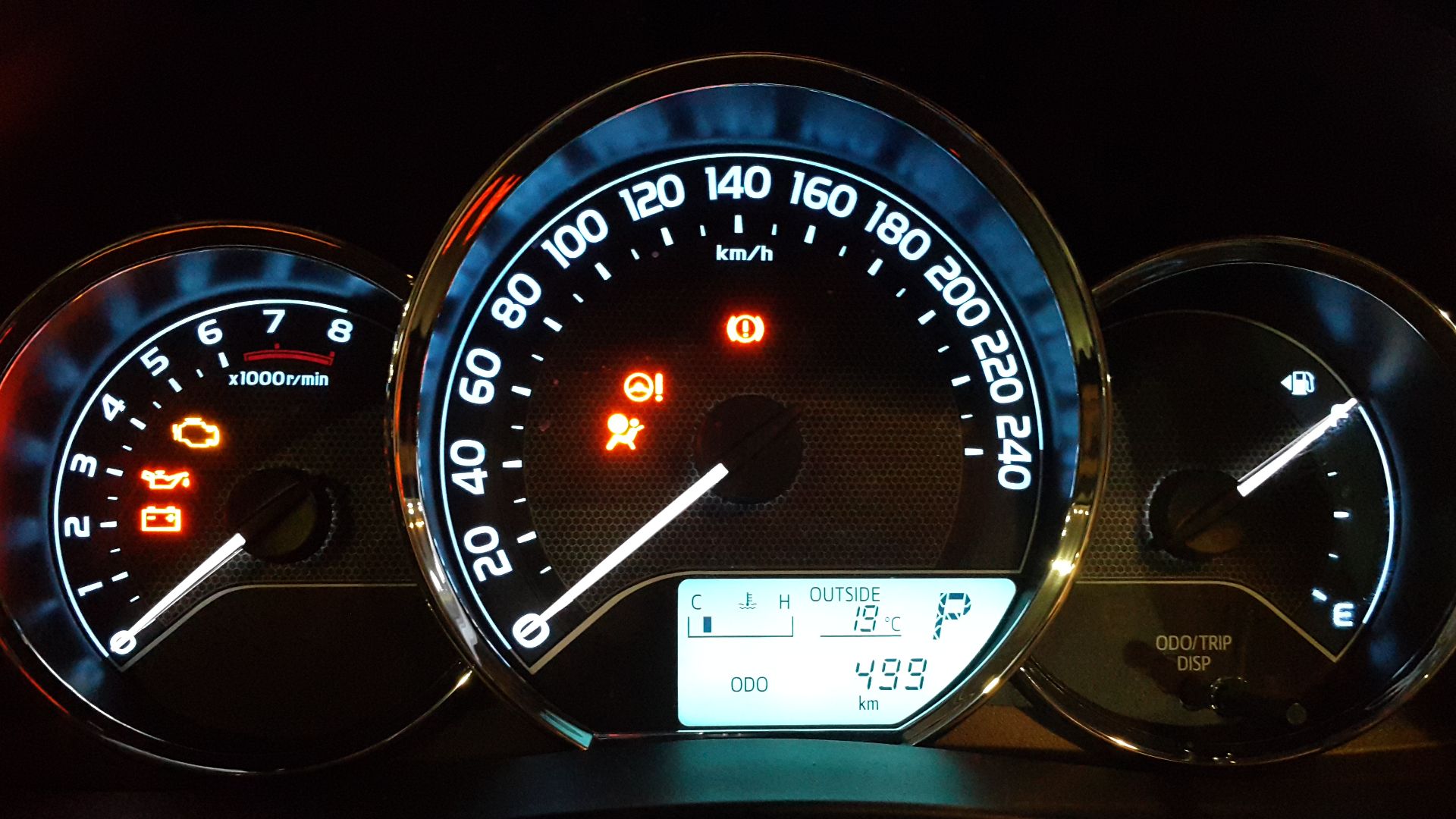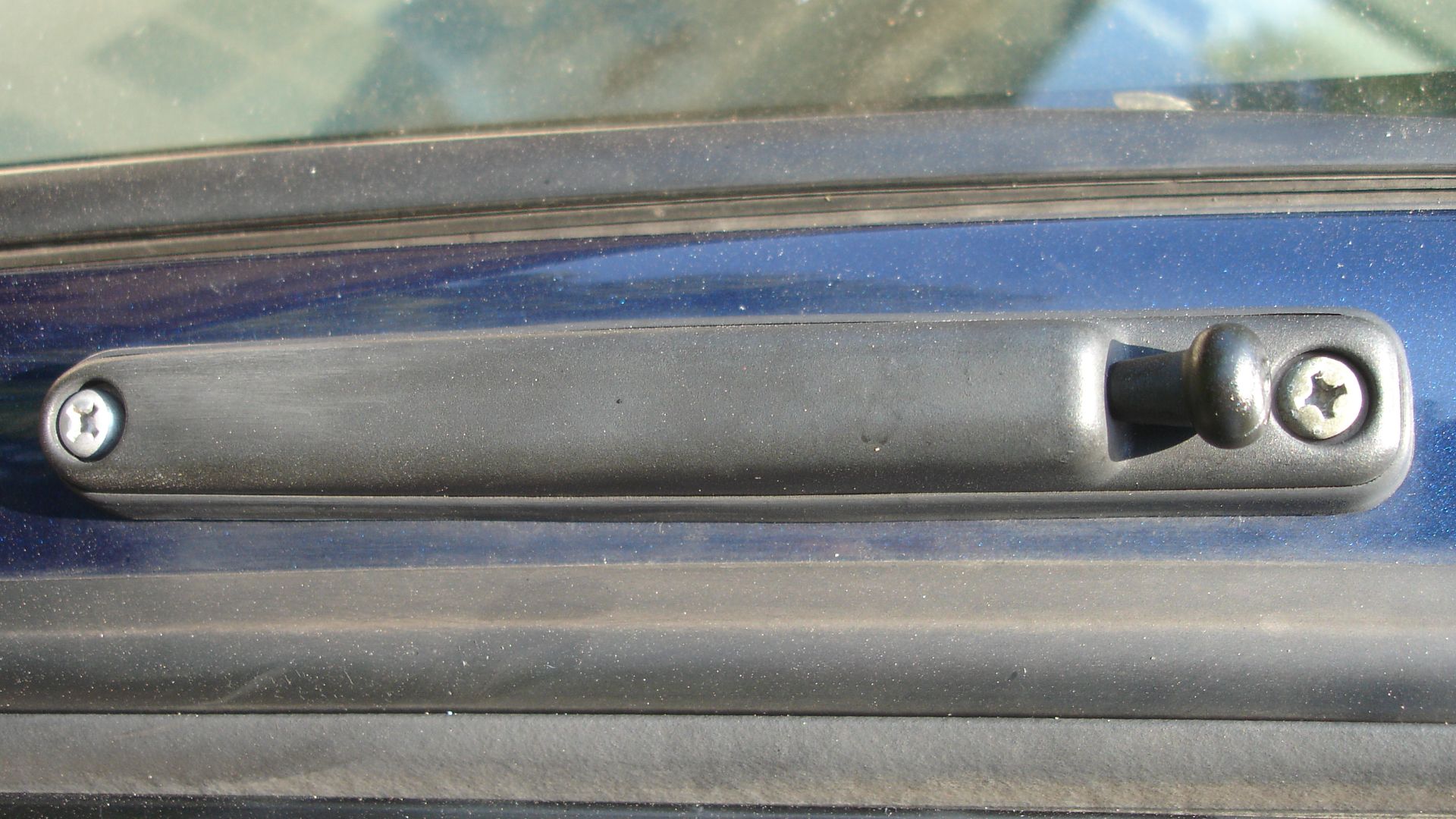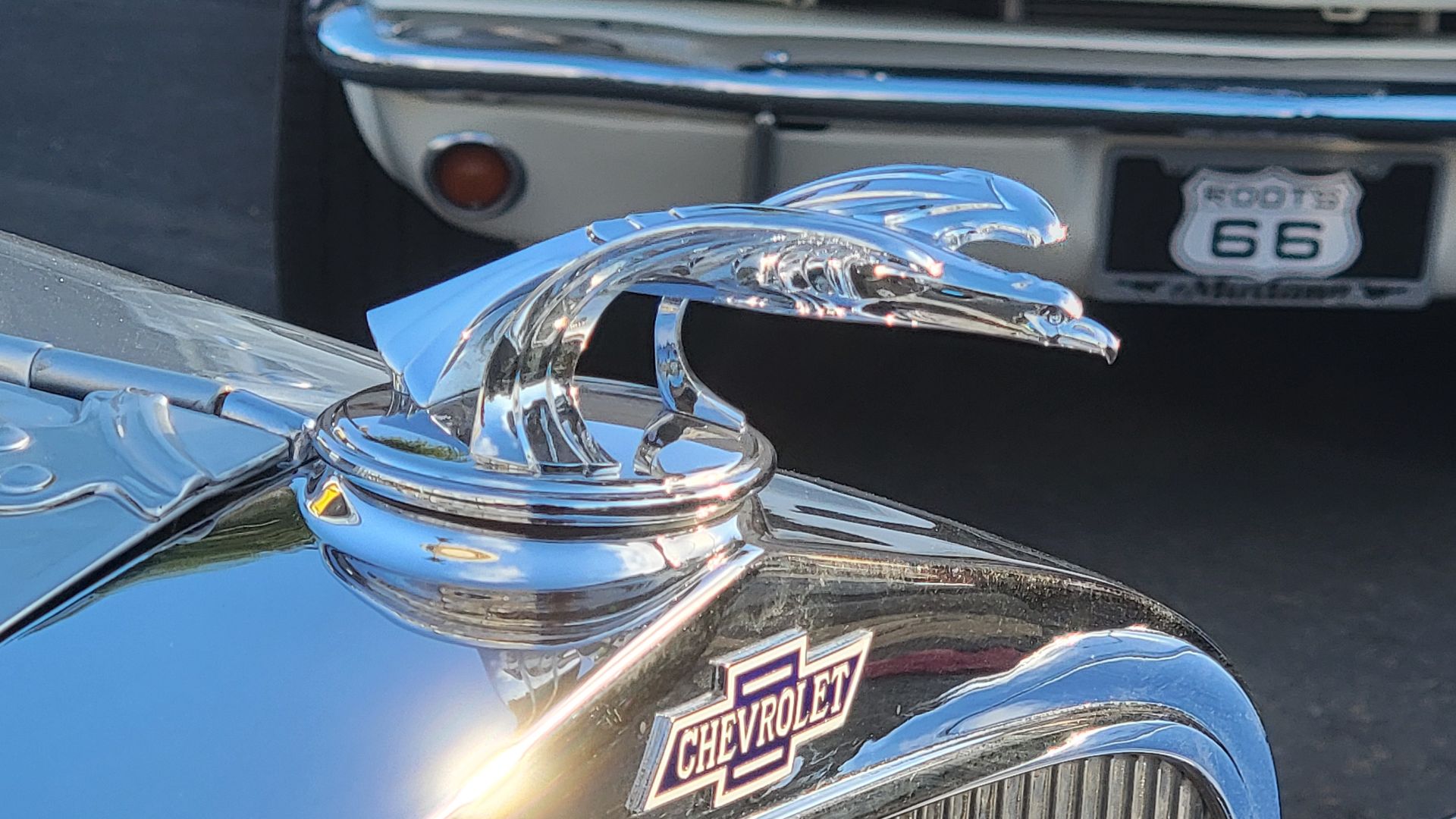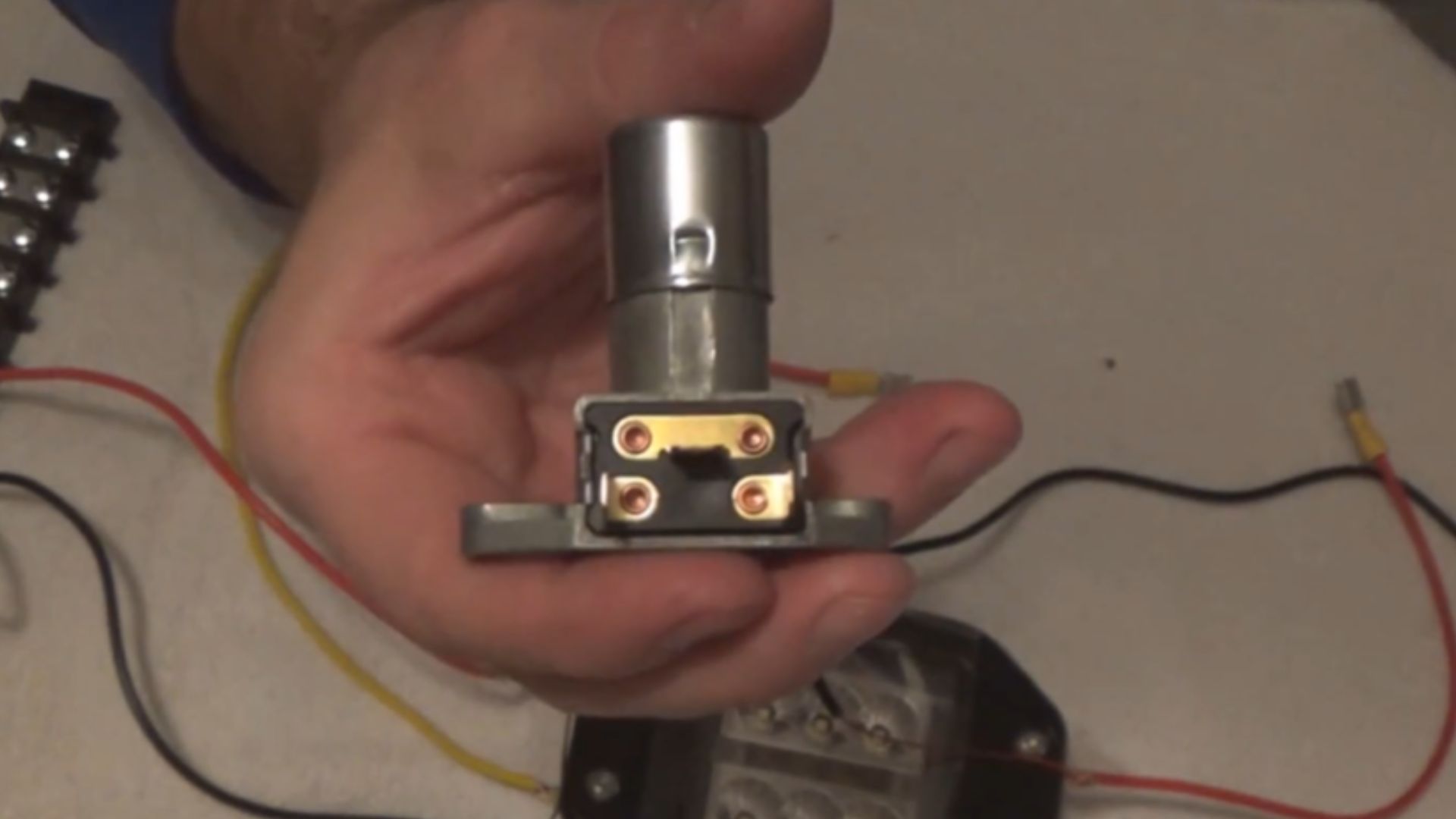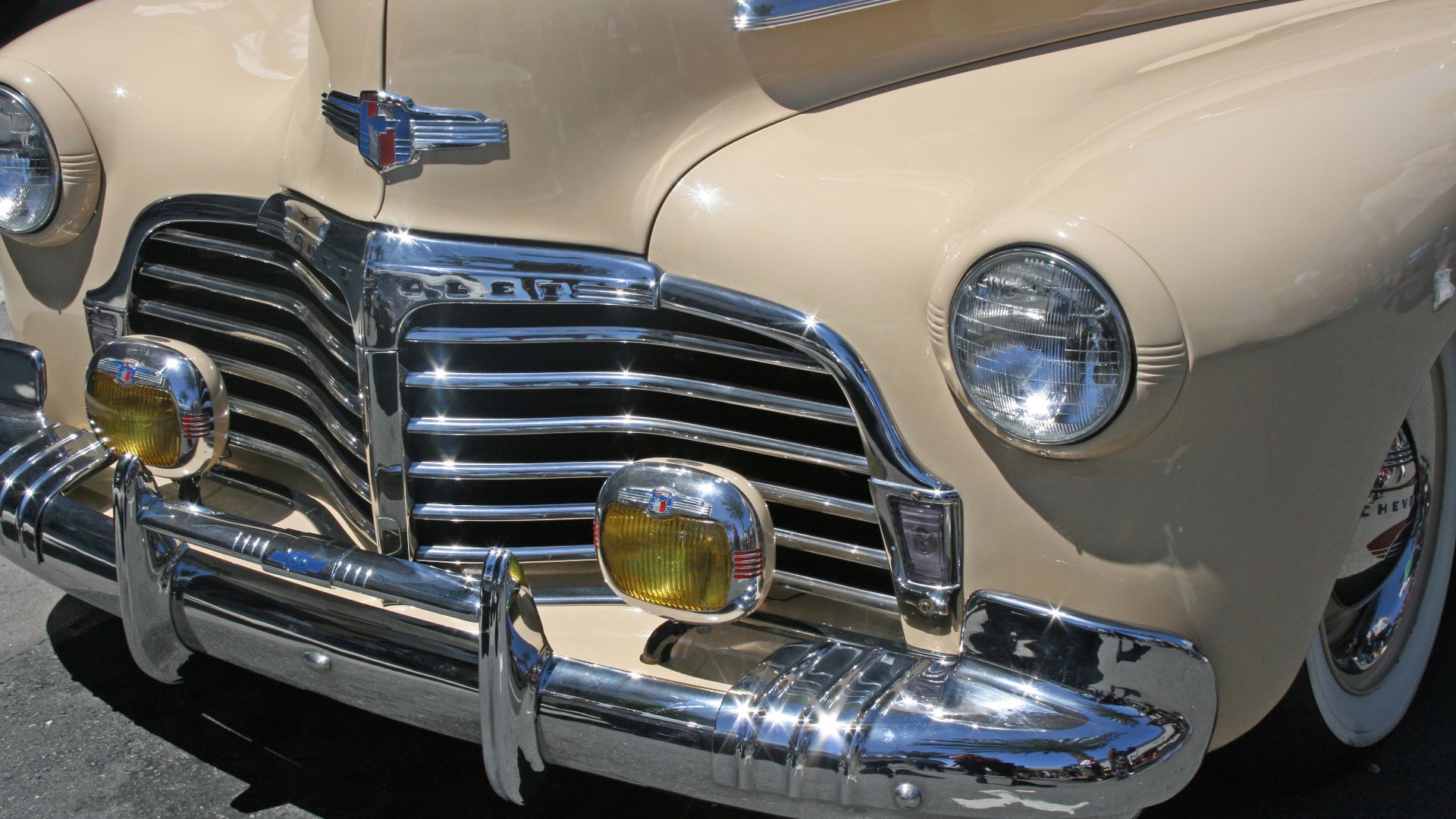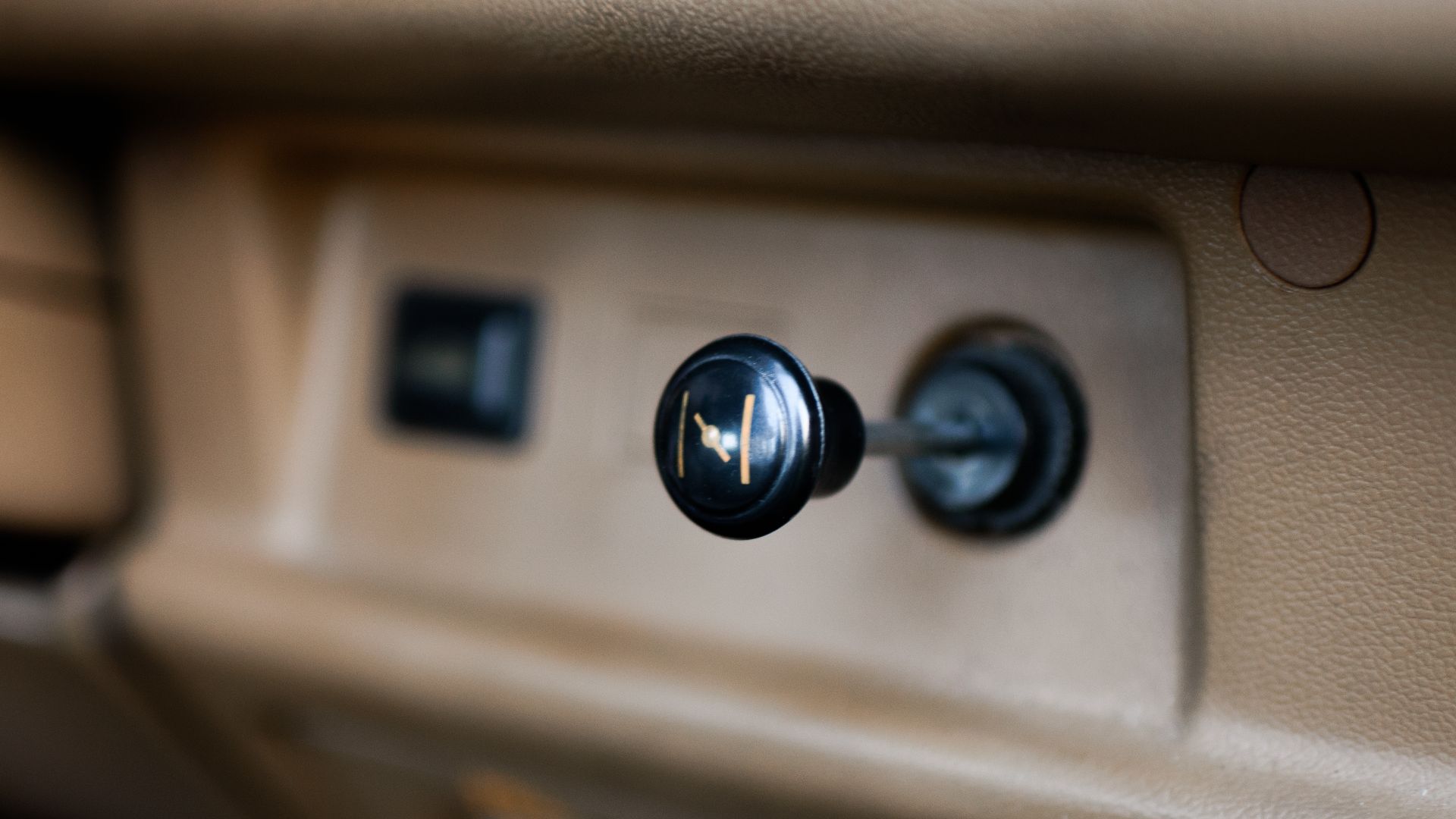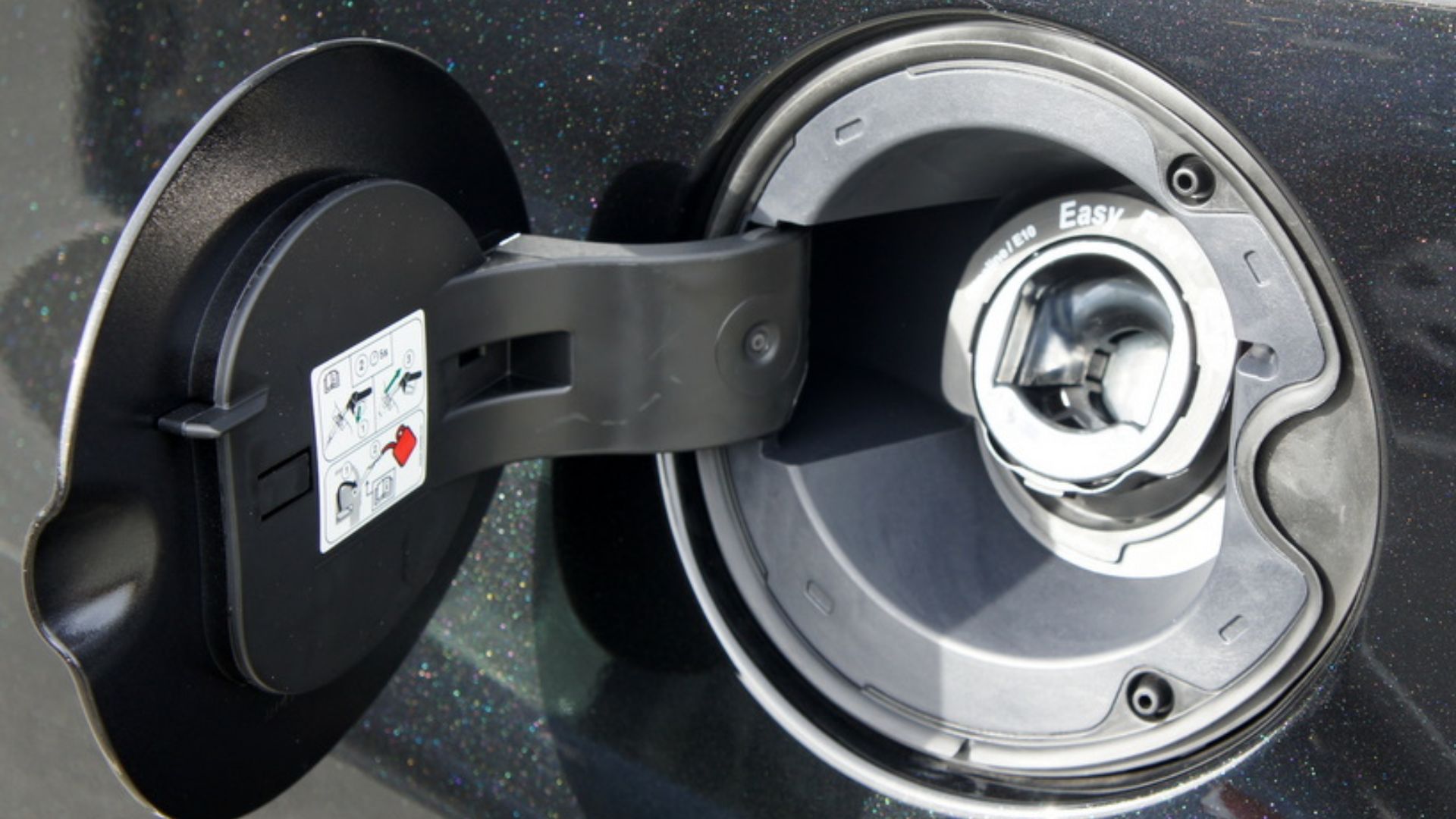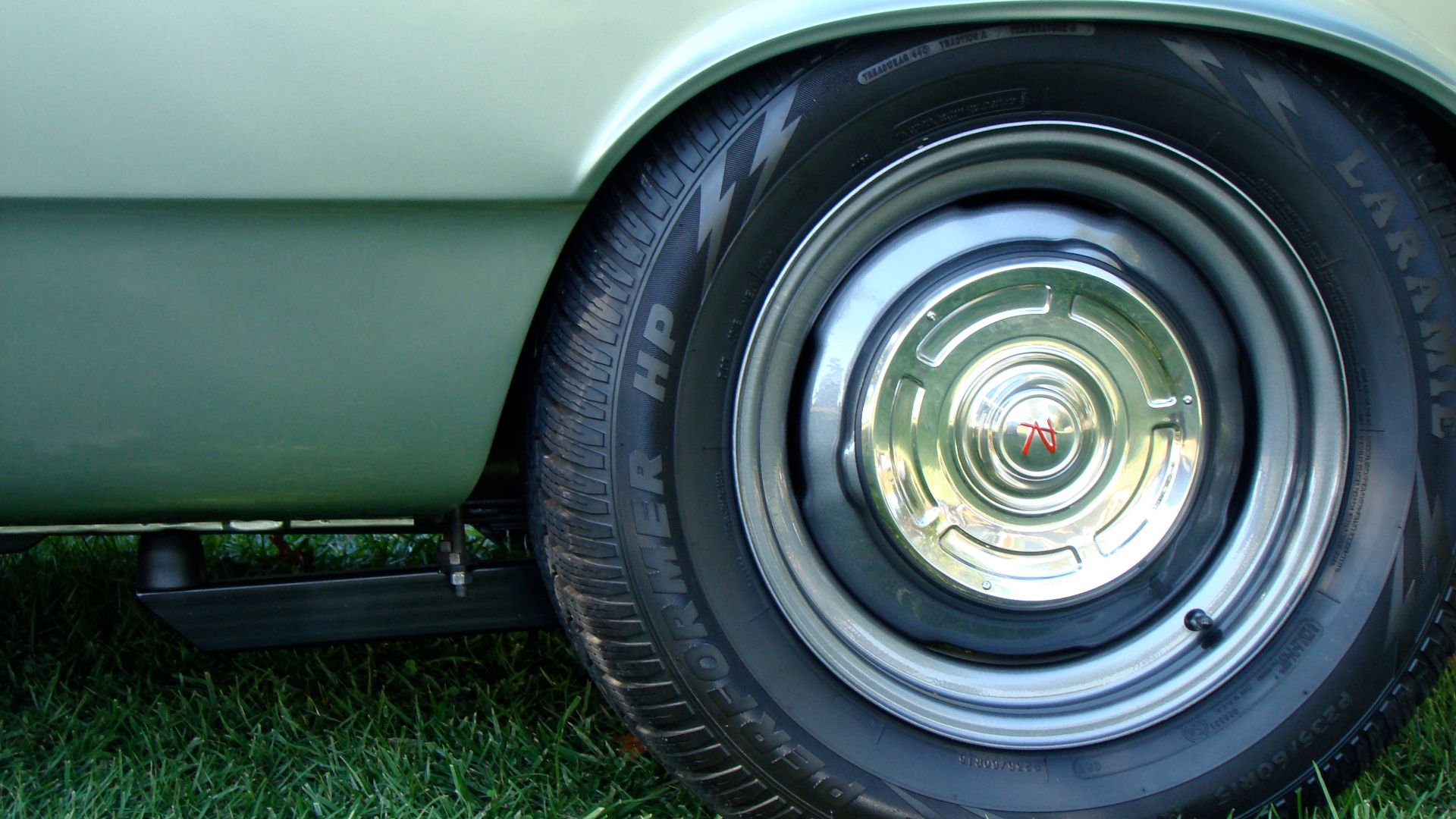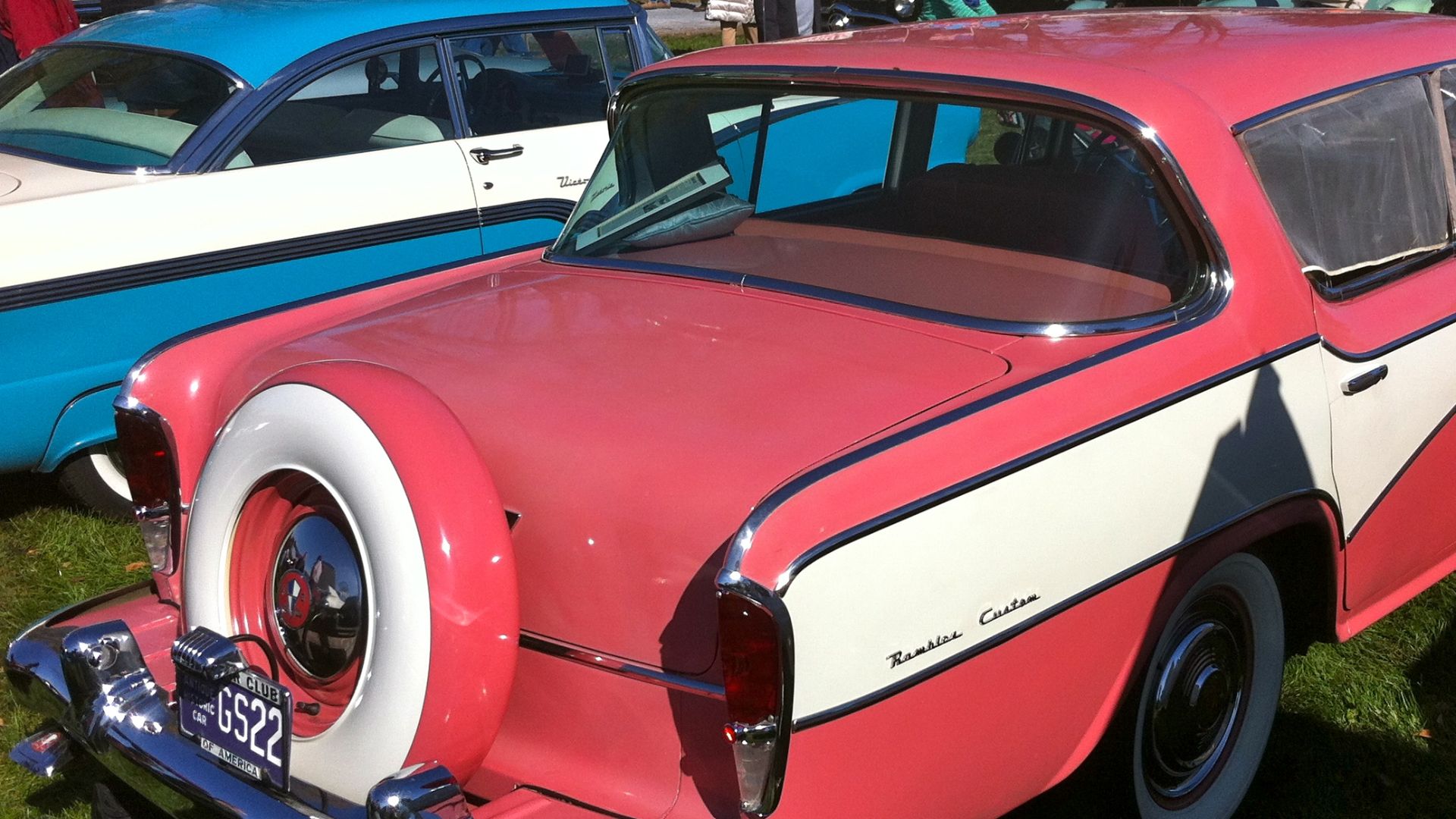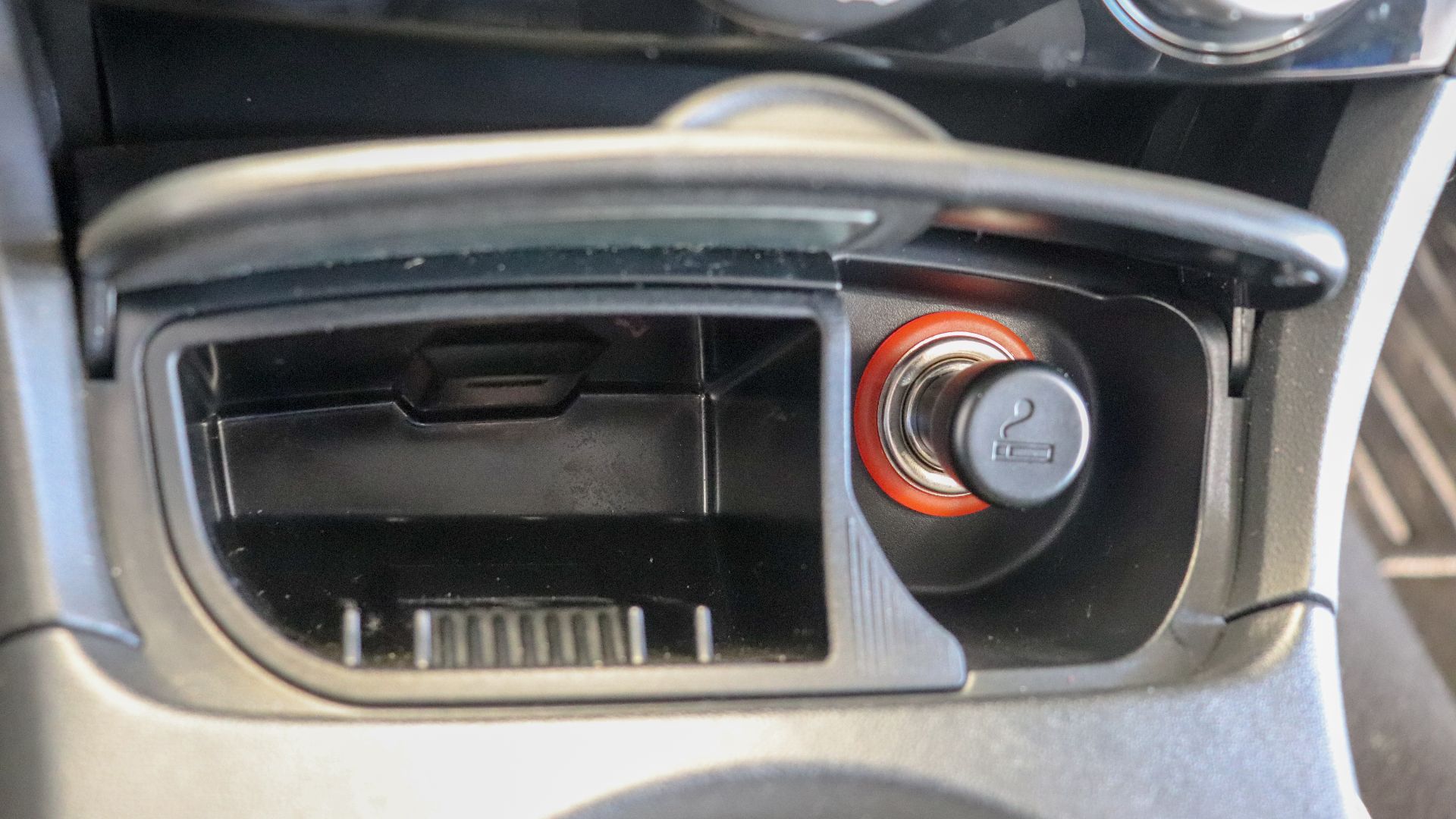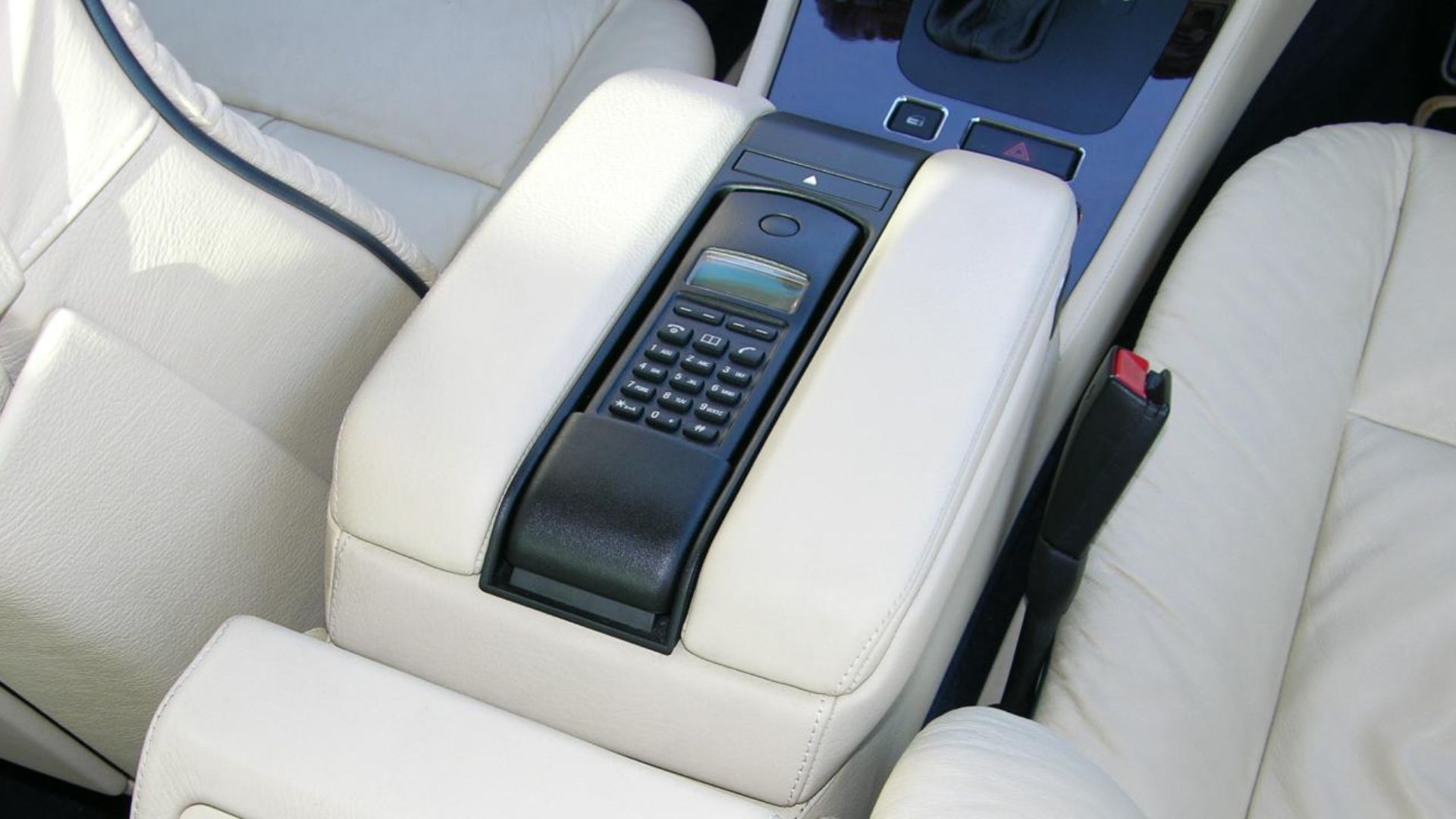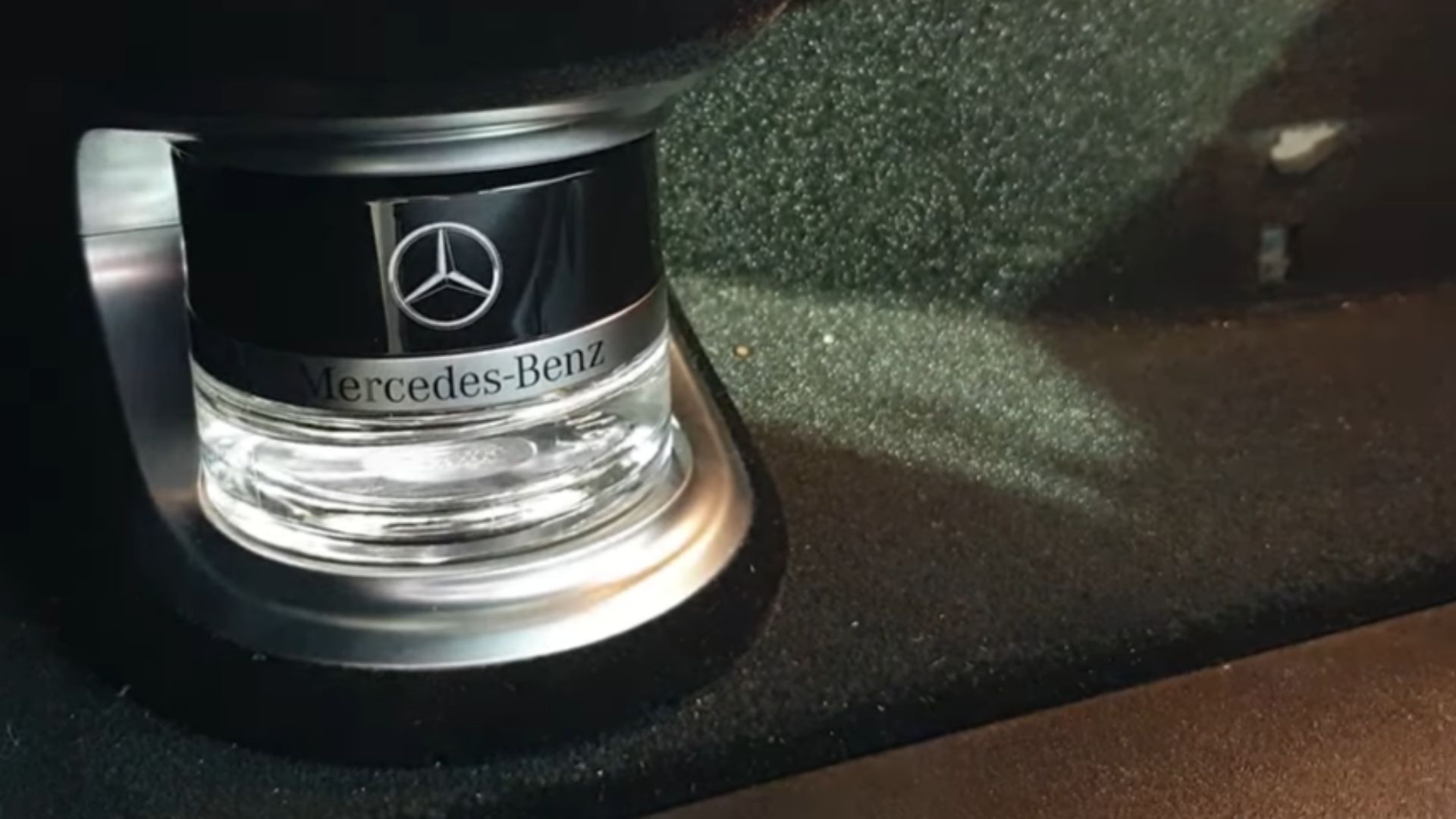Old School Cool: 20 Vintage Car Features We Desperately Want Back
Gone But Not Forgotten
Technology has made cars smarter, sleeker, and faster—but has it made them cooler? Classic rides had features that turned driving into an experience—practical, stylish, and sometimes just pure fun. Some upgrades were necessary, but others just felt like a loss of what we once took for granted. Let’s take a look at some missed features that gave old-school cars real character.
1. Pop-Up Headlights
Pop-up headlights weren’t just functional; they made cars look futuristic. Hidden during the day and revealed at night, they added flair to everything from sports cars to sedans. Safety regulations phased them out, but let’s be honest—modern LED designs just don’t have the same personality.
2. Bench Seats
Front bench seats turned driving into a shared experience. Squeeze in, slide over, and enjoy the ride. These spacious seats made date nights and Sunday drives better. Although safety belts and bucket seats have taken over, old-school bench seating still feels like a lost luxury.
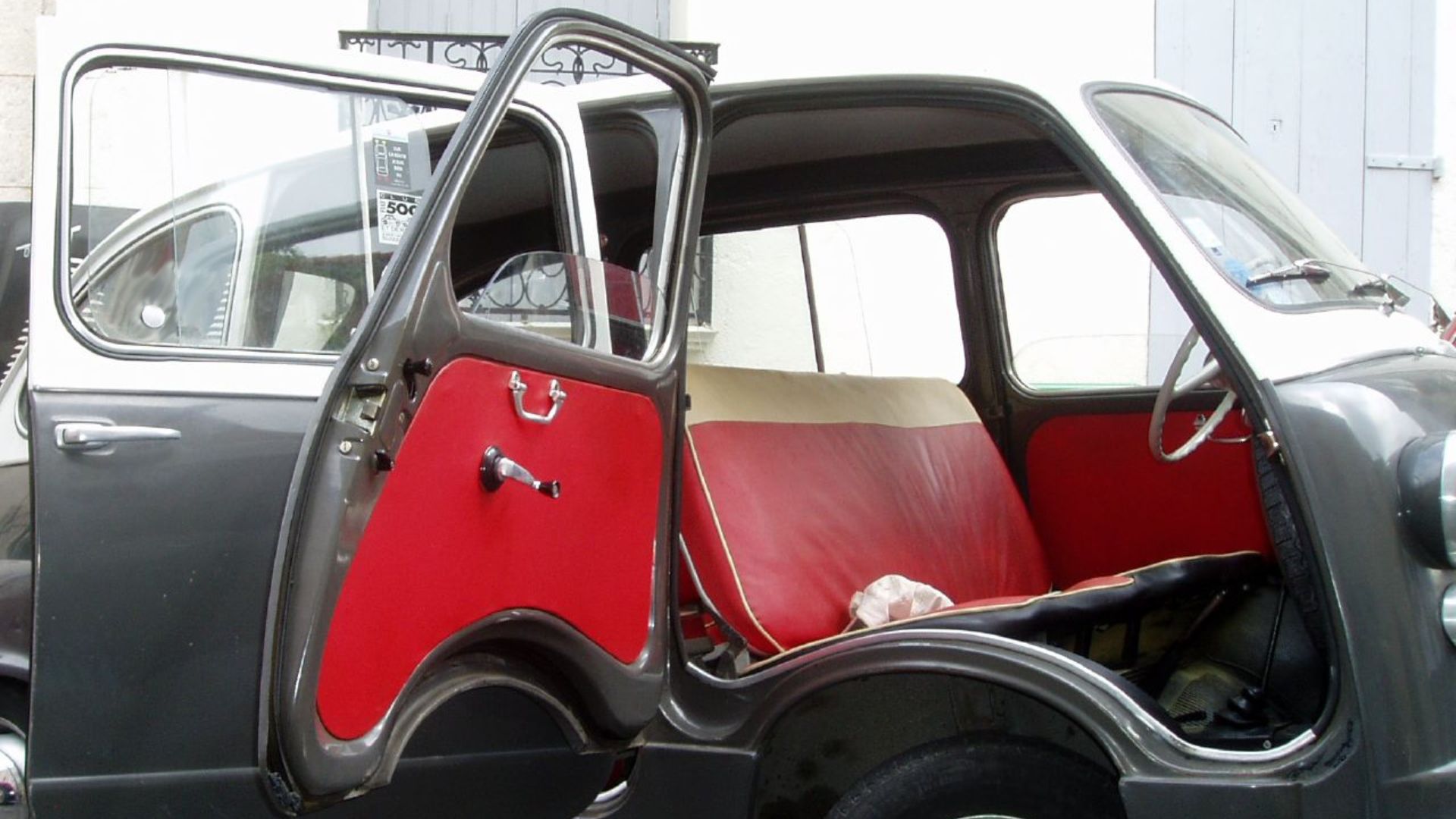 daviddb on Flickr on Wikimedia
daviddb on Flickr on Wikimedia
3. T-Tops
Hardtop? Convertible? Why not both? T-top roofs let drivers remove glass panels for an open-air feel without losing the car’s structure. Muscle cars like the Trans Am wore them best, but leaks and safety concerns sent them into retirement. Some of us just aren’t over it!
4. Manual Window Cranks
Power windows are great—until they don’t work. Manual window cranks never needed a fuse, a motor, or a reset button. They just worked, rain or shine. Modern cars might see them as outdated, but at least they never left anyone trapped on a hot day.
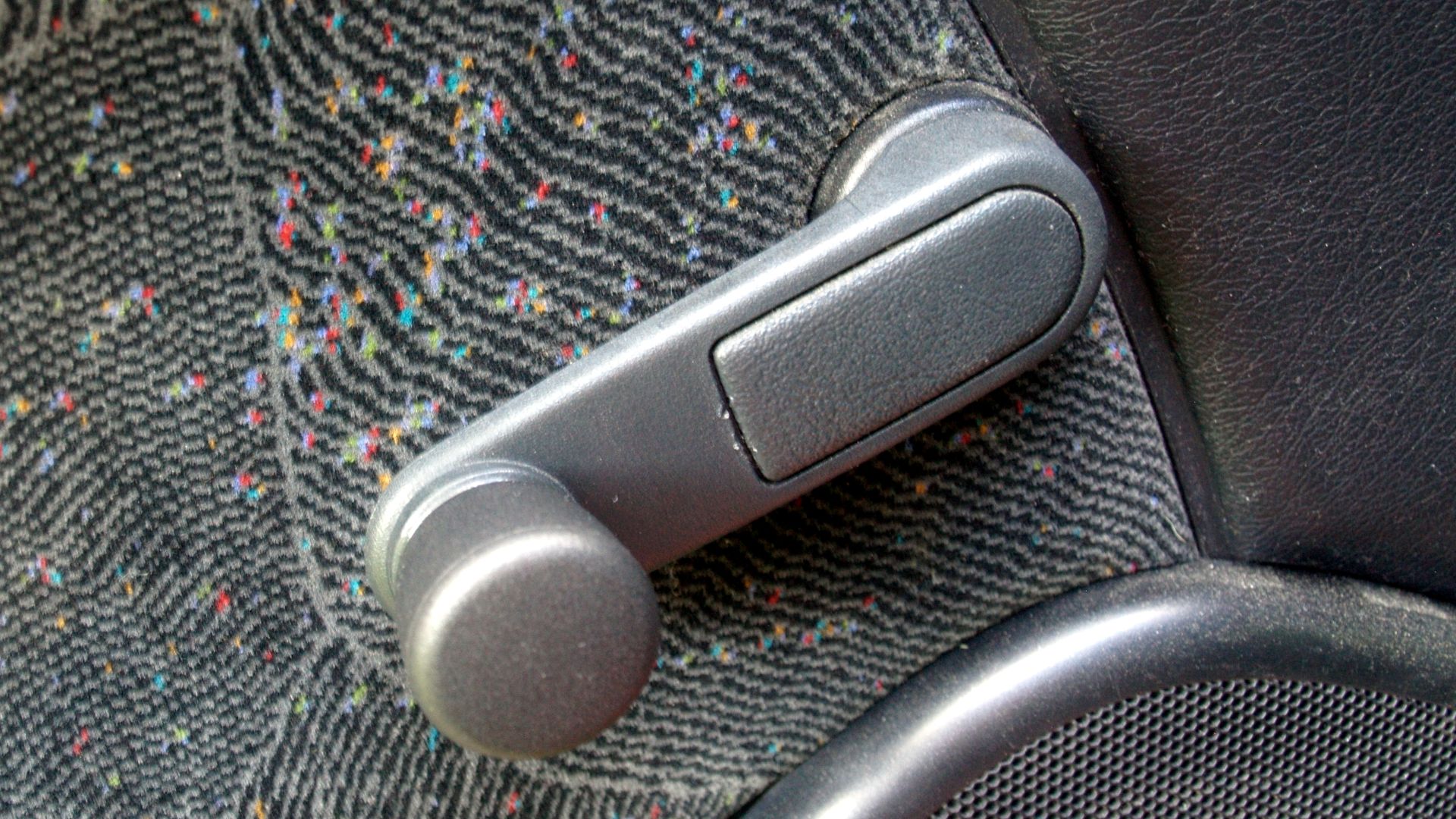 Santeri Viinamäki on Wikimedia
Santeri Viinamäki on Wikimedia
5. Column Shifters
Column-mounted shifters made sense. They freed up space on the center console, kept the interior clean, and were easy to use. Electronic shifters might seem fancy at first glance, yet they miss the straightforward charm of simply pulling down into “Drive” and hitting the road.
6. Hidden Fuel Caps
Style and function met when automakers hid fuel caps behind taillights, license plates, or badges. It kept the car’s design smooth and uncluttered. Now, we’re stuck with exposed fuel doors that don’t add anything except a spot for fingerprints.
7. Vent Windows
While modern cars no longer feature vent windows, they were once a simple solution for fresh air. Before the rise of climate control, these pivoting panels allowed drivers to enjoy a breeze without having to lower the whole window. For many, it was the perfect way to enhance the driving experience.
8. Analog Gauges
Analog gauges did one thing: worked. No freezing, no confusing menus, and no “please update your software” warnings. Just clean, easy-to-read numbers that never let you down. Modern screens are fancy, but do we really need a touchscreen just to check the speed?
9. Retractable Radio Antennas
Motorized antennas extended when needed and retracted when not, protecting them from damage. It was a tiny detail that made cars feel futuristic. You will find most antennas are shark fins now or embedded in glass. Functional? Sure. Satisfying? Not even close.
10. Hood Ornaments
Luxury brands once topped their hoods with signature emblems—think Rolls-Royce’s Spirit of Ecstasy or Cadillac’s crest. Safety concerns ended their reign and the unmistakable presence it gave cars. In today’s vehicles, these badges sit flat. So, that extra touch of prestige is gone.
11. Floor-Mounted Dimmer Switches
Why take a hand off the wheel to switch high beams? Older cars had a small button near the pedals, letting drivers change beams with their feet. Practical, efficient, and easy to use—until manufacturers decided to move everything to the steering column.
12. Chrome Bumpers
Classic cars featured chrome-covered steel bumpers, known for their durability and sleek appearance. Plastic bumpers, which are often deemed “safer,” tend to crack more easily and lack the bold, stylish look that chrome bumpers provide. The chrome design made classic cars stand out with elegance and strength.
13. Hand-Pulled Choke Knobs
Cars used to ask drivers to put in a little effort. Need to start in freezing weather? Give the choke knob a pull and adjust as needed. Now, computers handle everything, which is great—unless you like feeling like a part of the process.
14. Pull-Handle Emergency Brakes
Electronic parking brakes have no personality. The classic hand-pulled emergency brake was easy to use, worked without power, and—let’s be honest—was great for dramatic parking lot slides. Safety might have won out, but fun definitely lost.
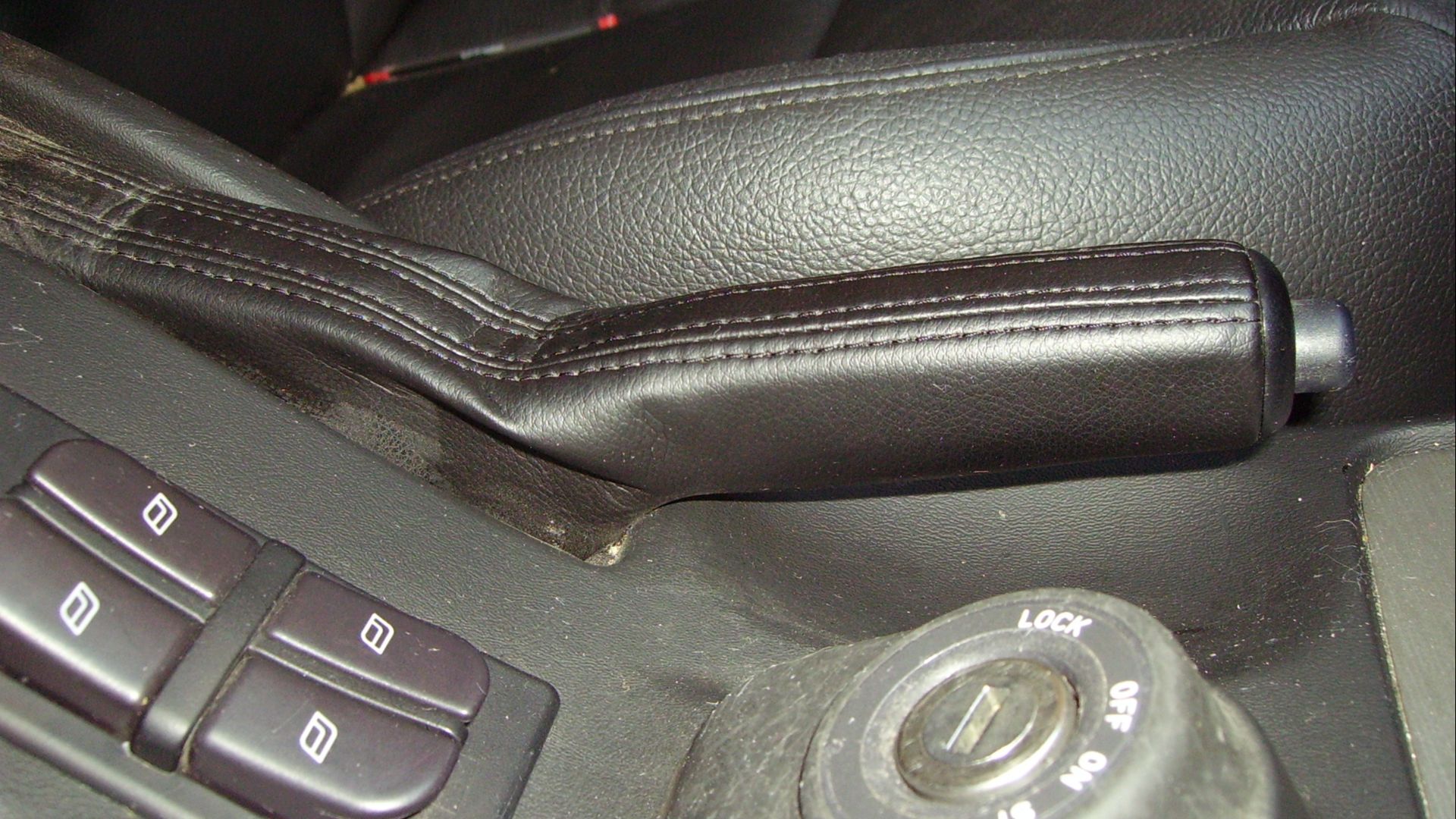 User Ballista on en.wikipedia on Wikimedia
User Ballista on en.wikipedia on Wikimedia
15. Locking Gas Caps
Before electronic locks, a key was required to open the gas cap. It wasn’t high-tech, and yet it worked well. Gas theft is still a thing, so why did this simple security feature disappear? A basic lock feels more practical than relying on a button inside the car.
16. Body-Colored Steel Wheels With Chrome Hubcaps
Somewhere along the way, cars lost their sense of style. Steel wheels matched the body, chrome hubcaps added flair, and everything just worked. Now, it’s all oversized alloys and generic designs. Flashy? Maybe. As effortlessly cool as the old-school look? Not even close.
17. Fender-Mounted Spare Tires
Classic Jeeps, trucks, and even luxury cars once carried spare tires on the fender or rear swing gate. It saved trunk space and added a rugged aesthetic. In an emergency, having a full-size spare within reach was a lifesaver. Today’s tiny spare tires (or lack thereof) just aren’t the same.
18. Flip-Up Dashboard Ashtrays
Cars now lack dedicated storage for the little things, leading to cluttered center consoles. Cigarette use declined, and with it, ashtrays disappeared. Ironically, those ashtrays were perfect for holding coins, keys, and other small items.
19. Car Phones
Before cell phones were in every pocket, built-in car phones were a luxury. Mounted in the center console, this item made drivers feel like VIPs. Smartphones have replaced them, but there was something undeniably cool about picking up that corded handset mid-commute.
20. Fragrance Dispensers
Luxury used to have a signature scent—literally. Classic Mercedes-Benz models and other high-end cars had built-in fragrance dispensers, ensuring a fresh-smelling cabin at all times. No overpowering sprays or gimmicky vent clips, just a refined, controlled aroma that felt as premium as the car itself.



